Search the Special Collections and Archives Portal
Search Results
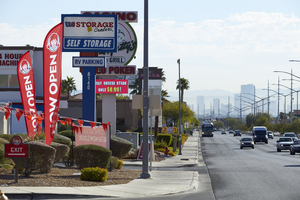
Commercial signage on West Sahara Avenue east of Cimarron Road, looking east, Las Vegas, Nevada: digital photograph
Date
2017-10-11
Archival Collection
Description
Business signage fills the landscaping area in front of commercial properties along West Sahara Avenue east of Cimarron Road. Parts of the Las Vegas Strip can be seen through a morning haze in the distance.
Image

Commercial property along West Sahara Avenue east of Cimarron Road, looking east, Las Vegas, Nevada: digital photograph
Date
2017-10-11
Archival Collection
Description
Landscaping at R&R Plaza as seen along West Sahara Avenue east of Cimarron Road.
Image
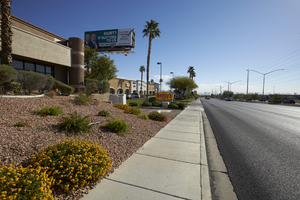
Desert landscaping on West Sahara Avenue east of Cimarron Road, looking east, Las Vegas, Nevada: digital photograph
Date
2017-10-11
Archival Collection
Description
Landscaping along a commercial stretch of West Sahara Avenue east of Cimarron Road.
Image

City Athletic Club on West Sahara Avenue east of Cimarron Road, looking northwest, Las Vegas, Nevada: digital photograph
Date
2017-10-11
Archival Collection
Description
The City Athletic Club at 7980 West Sahara Avenue east of Cimarron Road.
Image
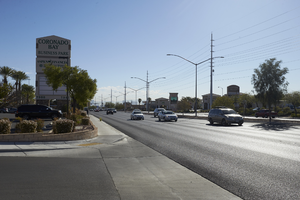
Commercial signage along West Sahara Avenue west of Buffalo Road, looking east, Las Vegas, Nevada: digital photograph
Date
2017-10-11
Archival Collection
Description
A sign for the Coronado Bay Business Park sits along West Sahara Avenue west of Buffalo Road.
Image
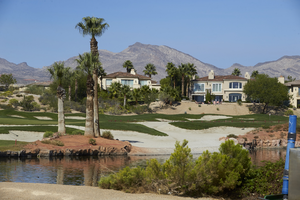
Single family housing at the Red Rock Country Club, looking northwest, Las Vegas, Nevada: digital photograph
Date
2017-10-16
Archival Collection
Description
Luxury homes line the golf course at the Red Rock Country Club northwest of West Sahara Avenue and I-215 The Beltway.
Image
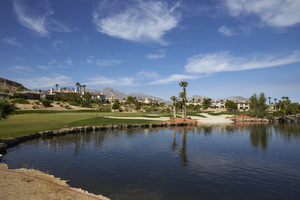
Single family housing at the Red Rock Country Club, looking northwest, Las Vegas, Nevada: digital photograph
Date
2017-10-16
Archival Collection
Description
Luxury homes line the golf course at the Red Rock Country Club northwest of West Sahara Avenue and I-215 The Beltway.
Image
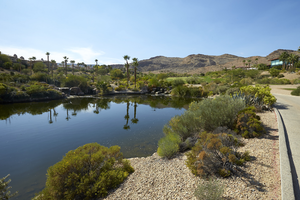
Single family housing at the Red Rock Country Club, looking west, Las Vegas, Nevada: digital photograph
Date
2017-10-16
Archival Collection
Description
Luxury homes line the golf course at the Red Rock Country Club northwest of West Sahara Avenue and I-215 The Beltway.
Image
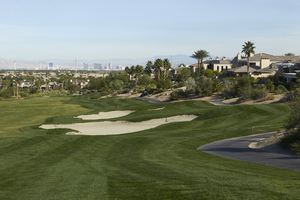
Single family housing at the Red Rock Country Club, looking east, Las Vegas, Nevada: digital photograph
Date
2017-10-16
Archival Collection
Description
Luxury homes line the golf course at the Red Rock Country Club northwest of West Sahara Avenue and I-215 The Beltway. The Las Vegas Strip can be seen in the background.
Image
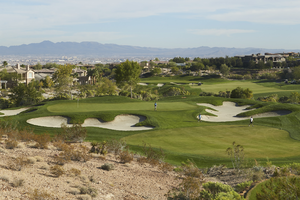
Single family housing at the Red Rock Country Club, looking southeast, Las Vegas, Nevada: digital photograph
Date
2017-10-16
Archival Collection
Description
Luxury homes line the golf course at the Red Rock Country Club northwest of West Sahara Avenue and I-215 The Beltway.
Image
Pagination
Refine my results
Content Type
Creator or Contributor
Subject
Archival Collection
Digital Project
Resource Type
Year
Material Type
Place
Language
Records Classification
